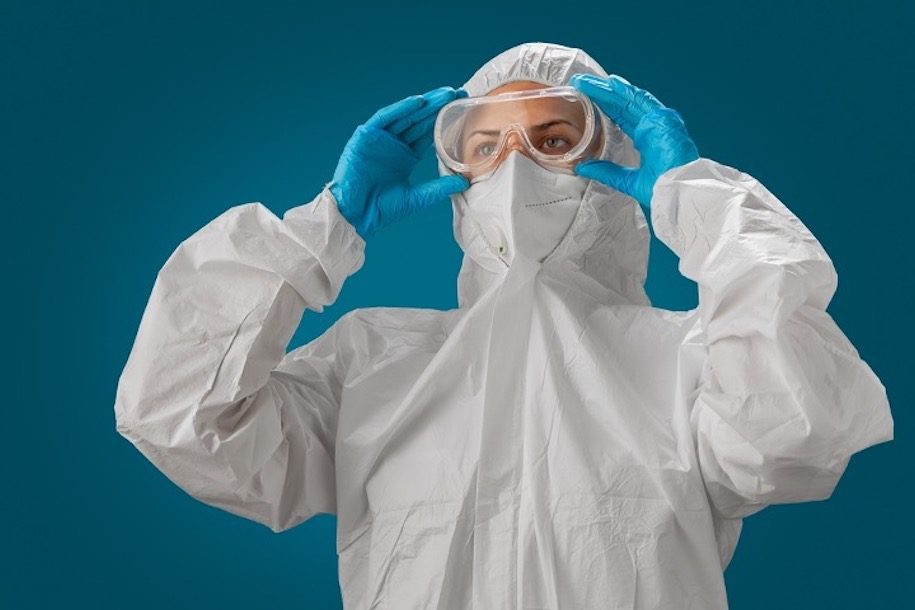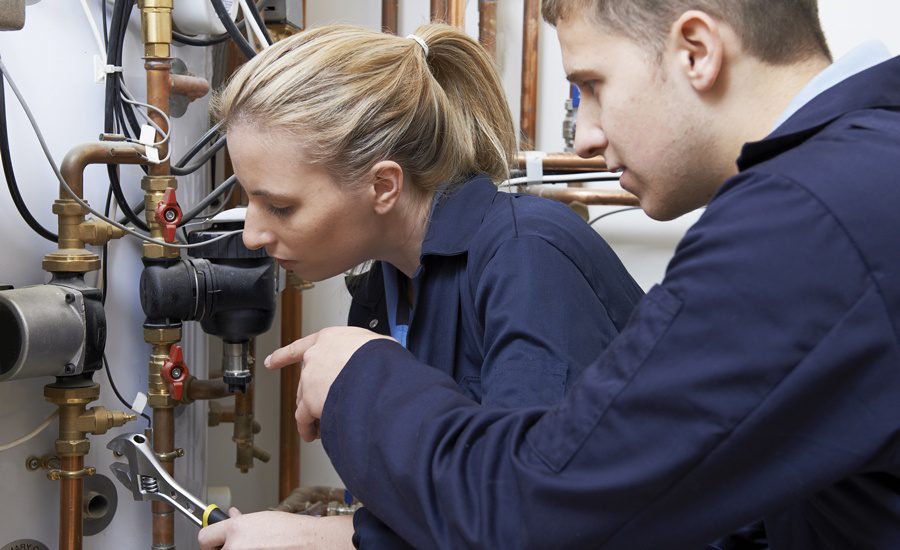Personal protective equipment has become a must-have for every organization. In Australia, there are special regulations regarding the same.
In Australia, the use of Personal Protective Equipment (PPE) is regulated by the Occupational Health and Safety (OHS) laws at the federal, state, and territory levels.
The primary legislation is the Commonwealth Occupational Health and Safety Act of 2004, which sets out the general duties of employers to provide and maintain a working environment that is safe and without risks to health.
As per the OHS laws, employers are required to provide for and maintain the safety of the individuals working on their premises.
They have to follow the right practices and incorporate personal protective equipment usage training to ensure that the workforce is safe while executing the task. In addition to this, the employer should also ensure that PPE is used correctly and their workers are trained for the same.
Moreover, employers also need to conduct a risk assessment to identify the hazards at the workplace and to find out appropriate PPE as per the required task. When evaluating the potential hazards and exposure in the workforce, it is essential to take into account the various types of risks that may be present. This assessment is crucial for effective risk management and ensuring the safety of employees.
The role of the employer is not just limited to providing the PPE, but at the same time, they should also ensure that the personal protective equipment is in the best condition and hence, should also focus on its maintenance. If there are any issues with it, it must be immediately repaired or rectified.
Any flaw in the OHS law or execution of the safety of the workforce on the premises can invite penalties and legal implications. In some cases, it may also lead to imprisonment.
What are PPE and its different types:
In some particular circumstances, the workforce may be exposed to inclement weather, harsh environmental conditions, and other factors that can have a negative impact on their health.
These risks can be accidental or intentional. To mitigate these hazards, personal protective equipment (PPE) is utilized. PPE is the clothing, gear, or device worn to protect the wearer from injury or illness.
It serves as a barrier between the individual and the hazard. The use of PPE has become mandatory in many countries, and it is employed in a wide range of settings such as healthcare, emergency response, manufacturing, the chemical industry, and construction work, among others. PPE is crucial for protecting the health and safety of employees in these industries.
There are several types of PPE available, each with its own specific use and purpose.
Some common types of PPE include:
- Head protection: it includes helmets, hats, and headgear that prevents the hard-hitting impact on the head that can lead to injury or death in some cases.
- Eye and face protection: Eye protection gears are also important to prevent the penetration of contaminants. It can lead to permanent loss of vision sometimes. Hence goggles, safety glasses, and face shields form a part of it.
- Respiratory protection: It includes mass, respirators, and other devices that prevent the penetration of pollutants or allergens, or microbes. These are also worn to protect the lungs from harmful dust, fumes, vapors, and gases.
- Hearing protection: This includes ear plugs, earmuffs, and other devices worn to protect the ears from loud noise and other hazards.
- Hand and arm protection: This includes gloves, gauntlets, and other devices worn to protect the hands and arms from cuts, punctures, chemicals, and other hazards.
- Foot and leg protection: If you are required to work in an environment that is exposed to harsh chemicals or high heat conditions, then wearing the right foot and leg protectors is important. It includes safety shoes and boots.
- Body protection: It includes prints, vests, and other devices that are used to protect the torso from the impact of chemicals, heat, penetration, and other potential hazards.
- Fall protection: It is one of the most significant categories where organizations always focus on working at heights and eventually invite risk. Hence, equipping the workforce with fall protection equipment is paramount. It includes harnesses, lanyards, and other devices.
- High visibility clothing: When working in low visibility areas or during the fog, high visibility clothing plays an important role. And hence, it becomes an integral part of personal protective equipment. It ensures that the individual is visible to others in the lowlight in limited lighting conditions.
Conclusion
It’s important to note that PPE should be selected based on the specific hazards present in the workplace and to ensure that the PPE is appropriate for the task and is properly fitted, used, and maintained.

















Add Comment